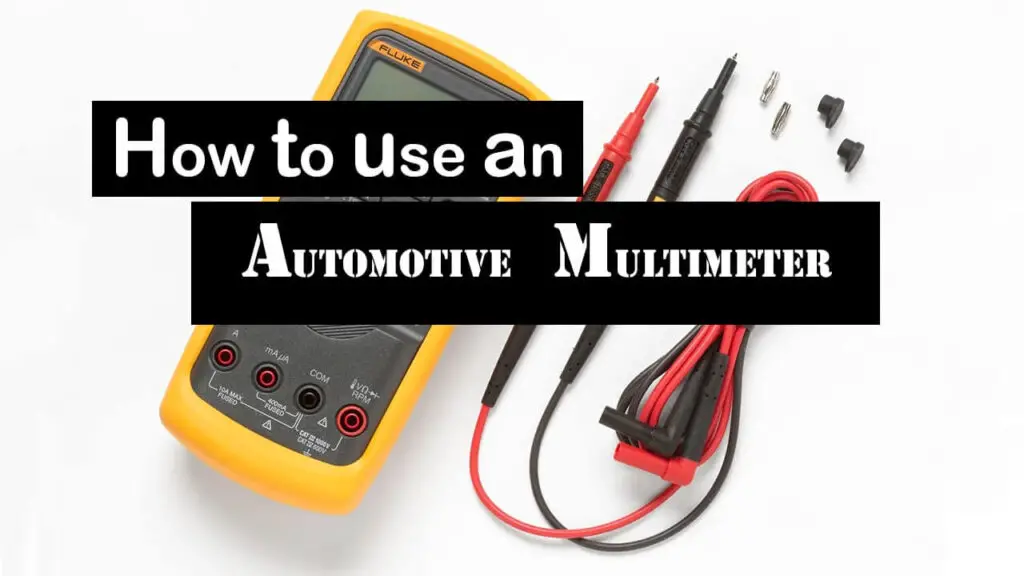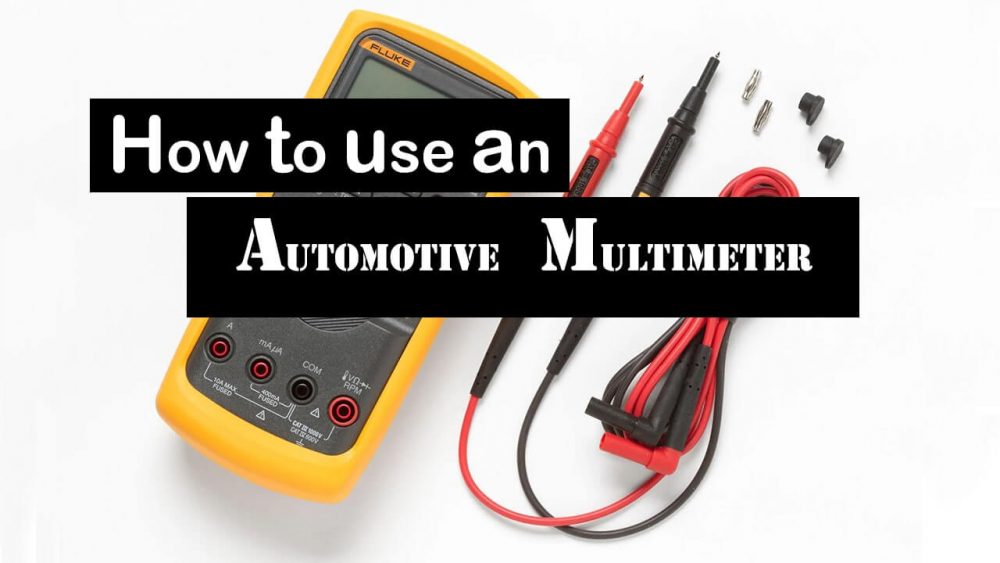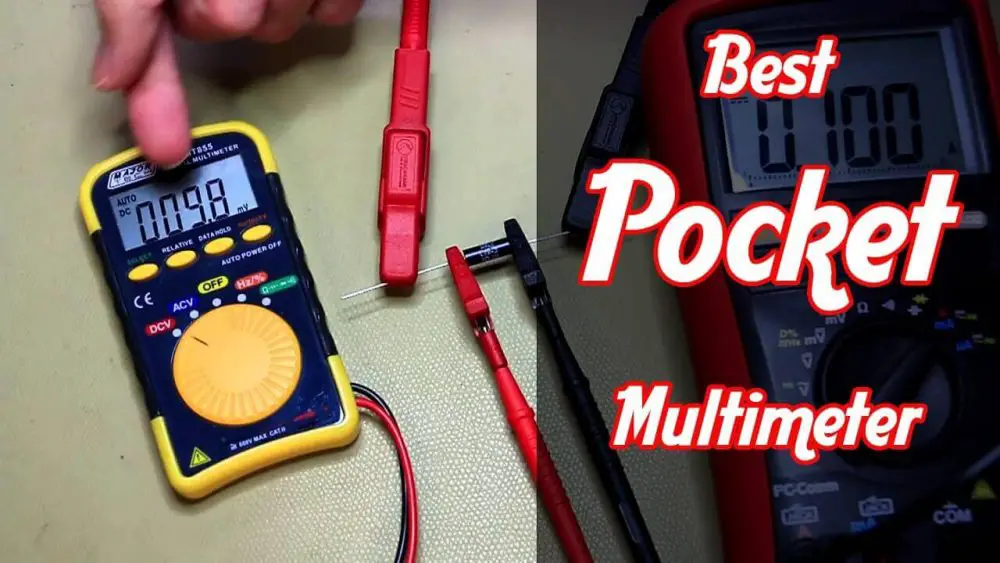How to use an Automotive Multimeter
This article will tell you the use of an automotive multimeter. We will discuss the features of an automotive multimeter and the best automotive multimeter available in the market to buy, its pricing and durability.
Table of Contents
What is an Automotive Multimeter?
An automotive multimeter is used to check the electrical system of your automobile. You can buy this multimeter at any online hardware store. You may also find them at online home improvement stores. An item like this is great for DIY home use. The automotive multimeters are of three types.
Pocket size automotive multimeter
These are small handy pocket size multimeters that are easy to carry; they have only essential functions. They are not for heavy-duty use.
Average automotive multimeter
These are average multimeters, like INNOVA 3300 automotive multimeter. These are best for DIY home use. You can buy this for $20-$25. It is going to do everything you need from a day to day uses. They are used to detect voltage, resistance, and capacitance.
Professional automotive multimeter
These are expensive, heavy-duty, safe and durable automotive multimeters. They are the best choice for automobile electricians to check Hybrid cars, Electric cars, or any car’s Charging system—for example, Fluke 88V and Innova 3340.

Common features of a Standard automotive multimeter
A standard professional automotive multimeter consists of:
- Modern design
- Larger screen display
- With backlight
- Hold Function
- Switch Indicator
- Lamp Rubber case protection
- With Stand.
- Battery
- Standard probes (with protective caps)
- Crocodile clips
- Temperature probe
Functions of a Standard automotive multimeter
- Measures DC (200 millivolts to 1000V)
- A/C voltage (200nV ~ 750V).
- Dwell angle
- RPM for 3, 4-, 5-, 6- and 8-cylinder engines.
- Temperature in Celsius and Fahrenheit (-20°C to 1000°C).
- TACH 600 ~ 10000 rpm.
- Resistance 200 ohms to 20M ohms.
- Diode and Continuity test (with buzzer).
- hEF test. CE Approved
How to test D/C voltage with an automotive multimeter
We will be focusing on DC voltage, ohms or resistance, and amperage. Depending on the test performance.
We are going to be plugging the leads into these different terminals of a D/C battery.
We have only got one black terminal. So, this is going to be our ground lead.
The first thing, working with the voltage. Plug the probe into this one labelled voltage post.
To check the battery, connect the battery terminal to these leads. At the end of these leads, put down some cardboard so our metal table will not start conducting.
With this multimeter, there are multiple options for voltage—minimum to maximum.
We know that cars are 12 to 15 volts depending on the situation. We have 20 volts working with on the automobile. Here electric cars run super high voltage, enough to be lethal. If you have an electric or a hybrid car, we advise you to take it to a shop.
Black lead is going to be your negative terminal, the ground wire. We connected it to our lead here with the black.
This red lead is going to be the positive terminal. This red lead will connect to the positive terminal of the battery. The reading on the screen is 13.81 volts.
A regular car battery is 12-13 volts when the car ignition is off.
When the car is running, your charging system kicks in. You might see anywhere from 14 to15 volts.
Similarly, we will change our dial settings and perform the resistance, capacitance, and amperage.
Frequently Asked Questions
The best option for an automotive multimeter is ‘Power Probe IV’ professionals’ choice; another affordable option is INNOVA 3320.
Technicians use True RMS multimeters, the FLUKE 87V. Other meters made by FLUKE, the 88V, an “Automotive Meter,” does not have True RMS but also in automotive use.
Cars use D/C voltage from the battery. The majority of automotive components use D/C voltage.
True RMS multimeters measure the “heating” potential of an applied voltage.
Conclusion
The article describes an automotive multimeter and its several types floating in the market. The specification of an automotive meter. The typical features of a standard automotive multimeter. We also describe the distinct functions of an automotive meter. We have discussed in detail the procedure to test D/C voltage with an automotive meter. Likewise, we can also test resistance, capacitance and amperage and many other tests with an automotive multimeter.
There are many automotive multimeters in the market, some of which are heavy-duty, durable, and expensive. But in contrast to it, there are also affordable brands in the market for your budget.
Related Posts:
How to test capacitor with the multimeter in circuit




